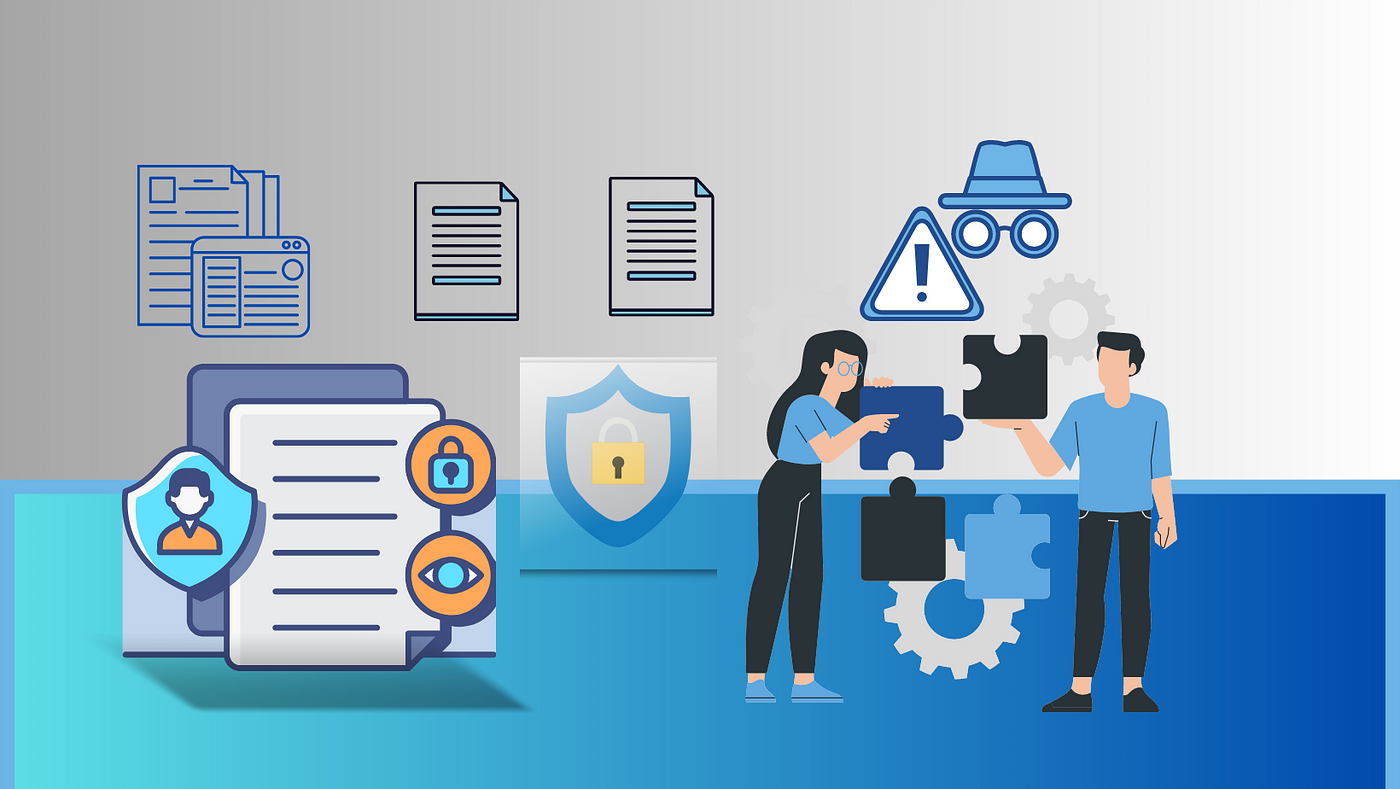
August 20, 2023
In the fast-paced world of business, data security is of utmost importance. With organizations relying heavily on customer information, it’s crucial to implement robust data security measures to safeguard sensitive data. Salesforce, as a leading Customer Relationship Management (CRM) platform, plays a pivotal role in handling vast amounts of client data. In this blog, we will explore actionable tips to enhance data security within Salesforce, ensuring your client’s data remains protected.
- Control Access with Proper User Management: The first step in securing data within Salesforce is to control access to sensitive information. Implement strong user management practices, such as assigning appropriate user permissions, roles, and profiles. Regularly review and update user access to ensure that only authorized personnel can view and modify sensitive data. Enforce the principle of least privilege to limit access to data based on the user’s job requirements.
- Two-Factor Authentication (2FA): Enable two-factor authentication for all Salesforce users to add an extra layer of security to their accounts. This prevents unauthorized access even if a user’s password gets compromised. With 2FA, users need to provide a second form of verification, such as a one-time code sent to their mobile device, in addition to their password.
- Encrypt Sensitive Data: Implement encryption techniques to protect sensitive data stored in Salesforce. Salesforce provides various encryption options, such as field-level encryption and platform encryption. By encrypting data at rest and in transit, you ensure that even if there is a security breach, the data remains unreadable and unusable to unauthorized individuals.
- Regularly Monitor and Audit Data Access: Establish a comprehensive logging and monitoring system to track user activities within Salesforce. Regularly audit the data access logs to identify any unusual or suspicious behavior. Monitoring user activities helps detect potential security breaches or unauthorized access attempts early on, enabling you to take prompt action.
- Secure Integrations and APIs: If your organization integrates Salesforce with other applications, ensure that data transfers are secure. Use encrypted connections and implement robust authentication mechanisms for APIs. Regularly review and validate integrations to identify and address any security vulnerabilities.
- Backup and Disaster Recovery: Perform regular backups of your Salesforce data to ensure that you can restore critical information in case of data loss or security incidents. Additionally, have a well-defined disaster recovery plan to respond effectively to any unexpected breaches or system failures.
- Stay Current with Salesforce Security Features: Salesforce regularly updates its platform with new security features and enhancements. Stay informed about these updates and take advantage of the latest security tools to keep your Salesforce instance secure. Participate in Salesforce webinars, read release notes, and stay connected with the Salesforce community to learn about best practices and emerging threats.
- Conduct Regular Security Training: Educate your Salesforce users about data security best practices and potential risks. Conduct regular security training sessions to raise awareness about phishing attacks, social engineering, and other security threats. Encourage employees to report any suspicious activities promptly.
Data security is an ongoing process that requires a proactive approach and continuous efforts. By following these best practices, you can strengthen the security of your Salesforce instance and protect your clients’ sensitive information from potential threats. Remember that investing in data security not only protects your organization’s reputation but also builds trust with your clients, ensuring long-term success in the competitive business landscape.













